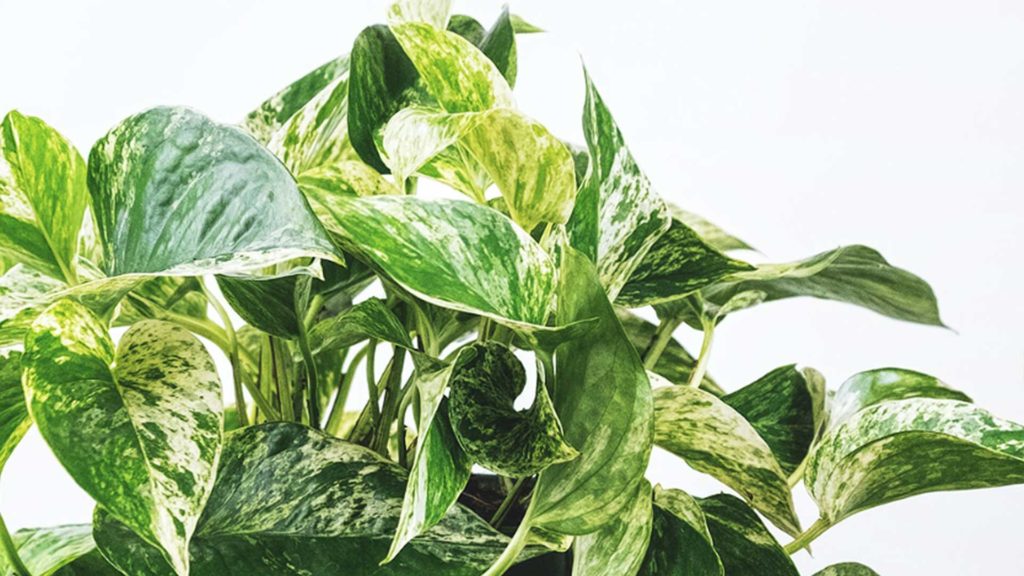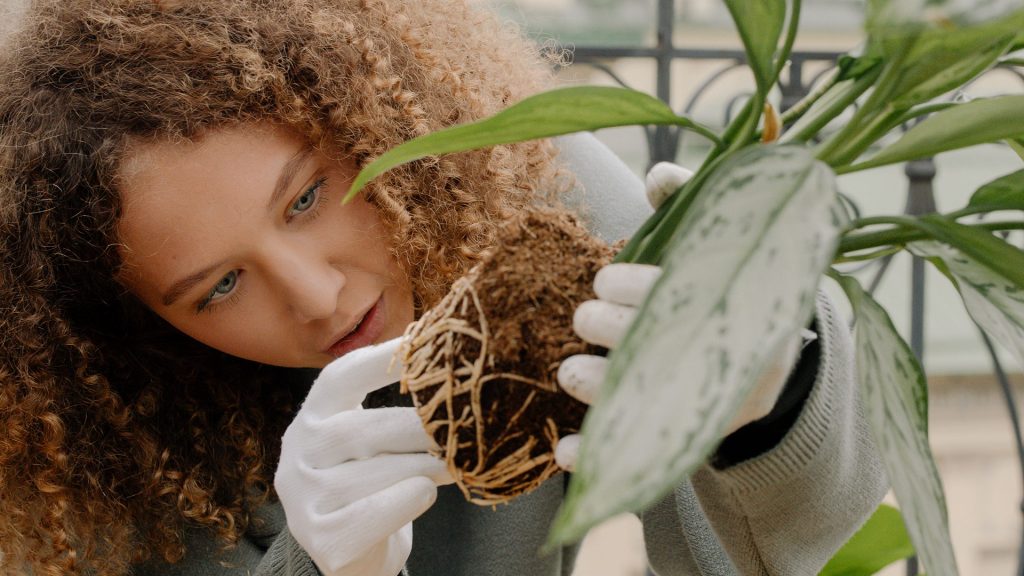Creating a home environment that is both pet-friendly and lush with indoor plants can be a balancing act. With some plants posing a hazard to your furry friends’ health, it’s essential to be aware of which are safe plants for pets and which could potentially be harmful. Here’s a checklist to help pet owners identify safe and toxic plants for their four-legged family members.
Safe Plants for Pets
When selecting plants for your home, pet safety should be a top priority. There’s a plethora of plants that are not only beautiful but also pose no threat to your pets. Some of them include:
- Spider Plants: These are non-toxic, easy to maintain, and can thrive in various conditions.
- Areca Palms: Known for improving indoor air quality, areca palms are safe for pets.
- Boston Ferns: Perfect for hanging baskets, Boston ferns are non-toxic to cats and dogs.
- Swedish Ivy: This plant is safe for pets and has a cascading habit that makes it a great choice for hanging baskets.
- Blue Echeveria: This succulent adds variety to your indoor garden and is non-toxic to pets.
- Christmas Cactus: This plant blooms during the winter holiday season and is safe for pets.
Toxic Plants for Pets
However, there are certain plants that can be dangerous to your pets if ingested. It’s important to avoid these plants or keep them out of your pet’s reach. Some of the most common toxic plants include:
- Lilies: Certain types of lilies are highly toxic to cats and can cause kidney failure.
- Oleander: This plant is extremely poisonous and can cause severe vomiting, slow the heart rate, and possibly even cause death.
- Sago Palms: All parts of this plant are toxic to pets, with the seeds being the most dangerous.
- Tulips: The bulb of the tulip is the most toxic part and can cause mouth and esophagus irritation.
- Azaleas: Consumption of just a few leaves can cause oral irritation with subsequent vomiting and diarrhea in pets.
- Daffodils: These flowers can cause vomiting, diarrhea, and other severe symptoms.
Discouraging Pets from Eating Plants
While understanding safe and toxic plants is essential, it’s also crucial to discourage your pets from eating plants in the first place. Here are a few tips:
- Provide Pet-Friendly Greens: Invest in cat grass or other pet-friendly plants that your pets can safely munch on. This can help divert their attention away from your other indoor plants.
- Use Deterrents: There are several safe deterrents, like bitter apple spray, that you can use on your plants. The taste can discourage pets from chewing on them.
- Train Your Pets: Consistent training can help your pets understand that the plants are off-limits. With time and patience, they can learn to leave the plants alone.
- Create a Barrier: If possible, create a physical barrier around your plants. This could be through the use of indoor fencing or by placing plants out of reach.
Tips for Pet Owners
As a pet owner, your vigilance can help keep your pets safe. Keep toxic plants out of reach by hanging them or placing them on high shelves. It’s also crucial to educate yourself before adding a new plant to your home. While pet-friendly plants aren’t necessarily edible, discouraging pets from chewing on them is a good rule of thumb.
Maintaining a safe and lush indoor environment for your pets doesn’t have to be challenging. With this checklist and a bit of research, you can create a space that’s both verdant and pet-friendly.



